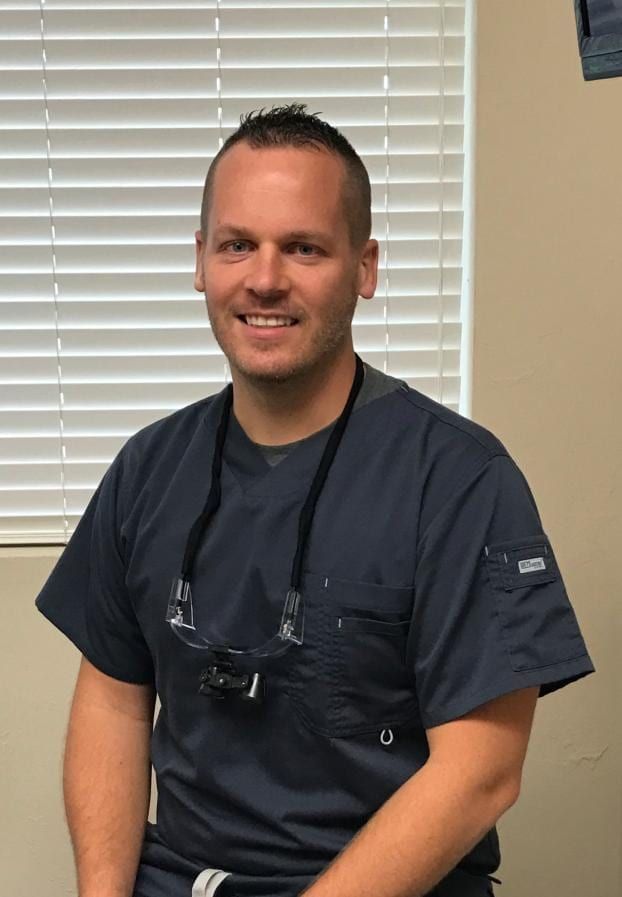Braces are the most common appliance that comes to mind when discussing orthodontic care. In more recent years, clear aligner trays, such as Invisalign, aren’t far behind. These are just a couple of the pieces in your orthodontist’s toolkit for adjusting the position of your teeth. As you might imagine, adjusting the placement and alignment of your teeth is a delicate process. Several factors will have to be taken into account while planning the whole treatment process. A primary example is ensuring that only those teeth that need to be adjusted are moved. Orthodontic anchorages were developed to help achieve this goal with precision.
Using Anchorage In Orthodontic Care
The origins of orthodontic anchorage can be traced back to a dentist by the name of Henry Albert Baker. His approach had such an impact that it is still used today under the name “Baker’s Anchorage.” From that moment forward, the innovation of orthodontic specialists led to the development of a range of anchorage techniques and styles. A system of classifying these anchorages developed with it. This system sorts anchorage types accordingly:
- Site-Based Classification
- Intraoral – Anchor points within the mouth
- Extraoral – Anchorages secured to masks or headgear outside the oral cavity. Cervical, occipital, and combination are the names of anchorages in this category.
- Muscular – Anchor points set in muscular tissue
- Number of Treated Teeth
- Simple/Primary – Anchorages for a single tooth
- Compound – Anchorages using two or more teeth
- Reinforced – Securing teeth to multiple other teeth or to an exterior anchorage like those mentioned above.
- Reciprocal – Anchorages pulling two teeth towards each other equally.
- Stationary – An anchorage ensuring that only a tooth’s position, not its angle, is adjusted.
- Space-Based Classification
- Group A – This grouping includes anchorages adjusting mostly forward teeth
- Group B – Anchorages that adjust both front and rear teeth equally
- Group C – Anchorages primarily moving rear teeth
- Absolute Anchorage – An anchorage that only moves forward teeth towards the back.
Each of these classifications describes a different aspect of a given anchorage. Together they create a full understanding of the number of teeth, where they’re located, and how they’re being secure. A special classification exists for anchorages set in certain bones and another for those secured with implants. Together they create systems that ensure only the desired teeth get adjusted during the orthodontic treatment process. This is a critical part of ensuring successful results from your orthodontic adjustment.
Get Answers From Your Orthodontic Specialist
Understanding the nature of the above system helps patients understand all that goes into a successful orthodontic treatment. There has been a somewhat worrying trend of patients gravitating towards seemingly cheaper mail-in orthodontic treatments and aligners. These systems are designed with a minimum of information about the patient and don’t consider the whole picture. There is also no effective way for these third-party orthodontists to provide necessary anchorage points or consistently observe your teeth’ state during treatment. This can create a situation where teeth are moving in unexpected ways. Without addressing this, you may need further treatment, or your teeth may become damaged.


